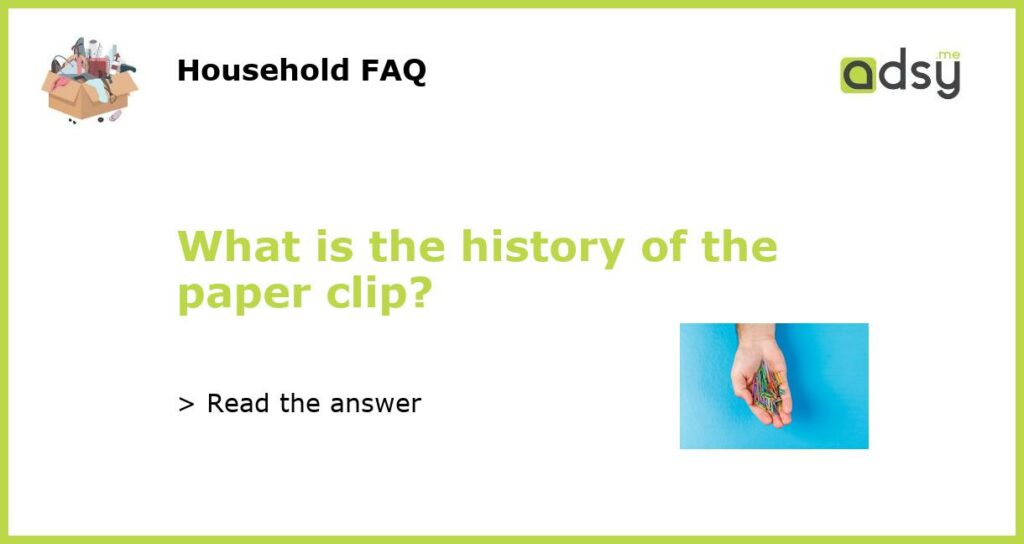The History of the Paper Clip
The paper clip is a seemingly simple and mundane object that is widely used for joining sheets of paper together. But have you ever wondered about the history of this everyday office essential? From its humble beginnings to its iconic status, the paper clip has a fascinating story to tell.
Early Innovations in Paper Fasteners
The concept of fastening papers together goes back centuries, with various techniques and tools used throughout history. In ancient civilizations, people would use sticks or knots to secure papyrus scrolls. In the 13th century, metal straight pins were employed to hold parchment documents together.
It wasn’t until the 19th century that the modern paper clip we know today started to take shape. In 1867, Samuel B. Fay received a US patent for his invention of the “Machine for Making Wire Paper Clips.” This early version of the paper clip was a significant step forward, but it had a flaw – it was difficult to use and prone to opening up easily.
The Gem Paper Clip
In the late 19th century, a Norwegian inventor named Johan Vaaler is often credited with the invention of the paper clip. Vaaler patented his design in 1901, calling it the “Gem Paper Clip.” His design featured a single piece of wire bent into the shape of a double oval, with one end designed to slip into the other, clasping the papers together.
However, despite Vaaler’s patent, his design did not gain immediate popularity. Instead, it was the American company Gem Manufacturing Ltd. that would become associated with the paper clip. The company began producing the Gem Paper Clip in the early 20th century, and it quickly became the most widely used paper clip in the United States.
Paper Clips During World War II
During World War II, the paper clip took on a new role and became a symbol of resistance against the Nazi occupation in Norway. Norwegians would wear paper clips on their lapels as a subtle show of solidarity and defiance. The paper clip’s simple design made it an ideal emblem for resistance, as it could be easily mass-produced and distributed.
After the war, the paper clip continued to be a popular office accessory and a staple in everyday life. Its functionality, simplicity, and affordability contributed to its widespread use. Over time, various modifications and variations of the paper clip have been developed, but the Gem Paper Clip remains the most iconic and recognizable design.
The Modern Paper Clip and Beyond
In the digital age, where much of our work and communication is done electronically, the need for physical paper clips may not be as prominent as before. However, the paper clip has stood the test of time and continues to be a symbol of organization and efficiency.
Today, there are countless designs of paper clips available, ranging from colorful plastic clips to more unique and decorative shapes. While the traditional Gem Paper Clip remains widely used, there are also newer alternatives like binder clips and paper fasteners that offer added convenience and functionality.
Regardless of its various forms, the paper clip will always have a place in our society as a timeless tool for keeping our documents together, both physically and metaphorically.






